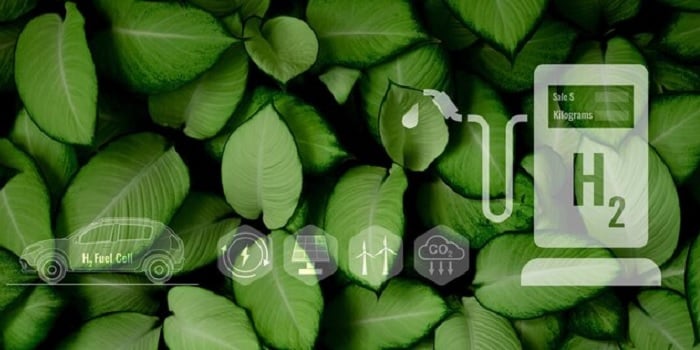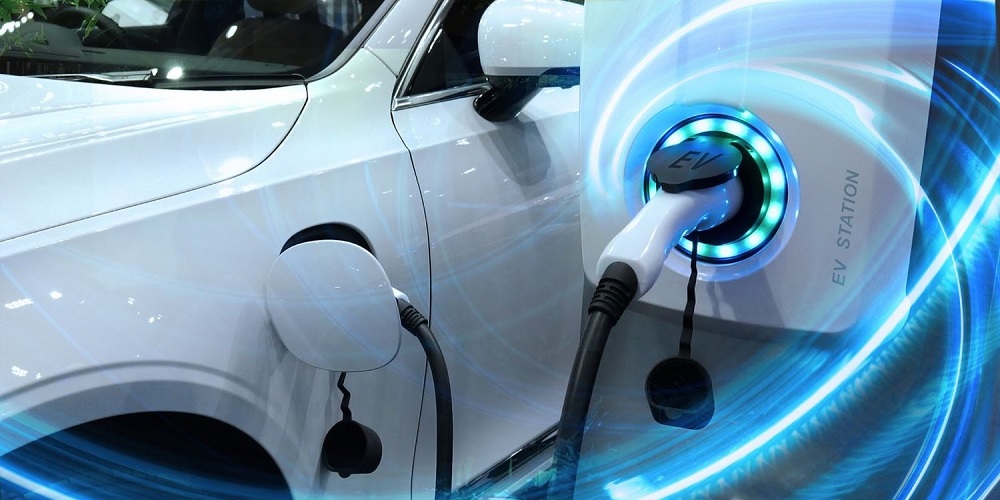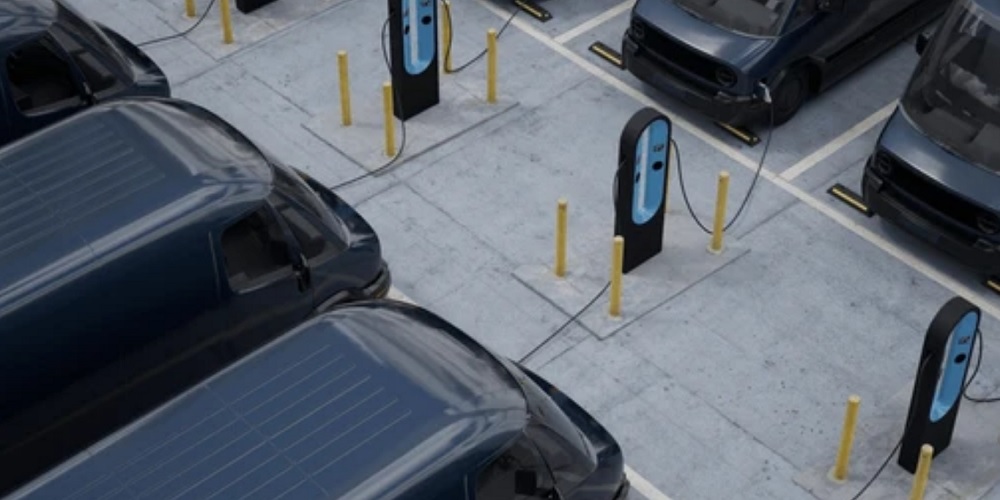5 challenges in achieving net zero in public fleets (and solutions)

The need for net-zero public fleets has reached a fever pitch. With more than 3.4 million state, county, and municipal vehicles in the U.S. alone, the greenhouse gas emissions of non-federal organizations could be more than 15.6 million metric tons.
Pivoting to net zero is the best way to reduce this overwhelming carbon footprint. However, several obstacles exist between the fleet manager and the net-zero fleet.
This guide breaks down these obstacles—and recommends solutions—for building net-zero city, state, or municipal fleets. It also provides the research necessary to generate buy-in and assist stakeholders with making decisions.
The five challenges of achieving net zero in public fleets
Net-zero public fleets come with their own set of obstacles. The most common of these include the following.
1. Cost
A new electric vehicle (EV) costs between $26,500 and a quarter of a million dollars. This doesn’t include charging infrastructure, telematics, and accessories. Most public organizations work with leaner budgets and cannot absorb all the expenses required by EVs.
2. Infrastructure
Regarding infrastructure, the low availability of charging stations can be a frustrating impediment to net-zero fleets. California and New York State own more than 50% of the nation’s EV chargers, with the vast majority of U.S. states commanding just 31.8 chargers per 100,000 people.
The number of charging stations per capita is extremely low in smaller states and rural cities, meaning most organizations need to front the cost of installing new public chargers.
3. Skill and buy-in
EVs are still a relatively new development, which means many drivers are unfamiliar with (or wary of) using the technology. For example, 58% of drivers say that range anxiety is one of the biggest barriers to purchasing EVs.
There’s also a significant skill gap, as just 1.4% of automotive technicians are qualified to work on EVs. Public organizations may struggle to locate qualified resources for their fleet.
4. Vehicles
There are many more vehicles to replace in your fleet than light-duty passenger sedans. In fact, the number of buses, trucks, and truck tractors owned by non-federal governments is 43% higher than automobiles alone.
With limited availability and unstable supply chains, acquiring all the EVs that your fleet needs may take years.
5. Procurement
Supply chain aside, securing a suitable EV model can take months, if not years. Wait times reached twenty-one weeks in Q3 2023. This doesn’t factor in the traditional RFP process, requiring anywhere from nine months to three years. For sustainable EV fleet procurement, a more efficient method is needed.
Five solutions to achieve net zero in public fleets
It’s clear the development of a net-zero fleet comes with several unique challenges. These are not impossible to overcome, however. Here are the recommended solutions.
1. Federal grant and funding
Instead of fronting the bill for new EV acquisitions, consider leveraging grants to offset costs. The National Electric Vehicle Infrastructure Formula provides a 10% set-aside for states, cities, and counties. This ensures a margin of financial assistance in the beginning stages of a net-zero fleet.
2. Retrofitting and legislation
You can carve out space for EV charging stations by retrofitting existing buildings. Consider adding legislation to make new buildings, lots, and parking garages EV capable. This only adds 0.2% to the building cost while lasting 100 years or more.
3. Driver education
EV drivers should receive better education regarding vehicle operation, charging, and care. In fact, EV driver education can cut energy expenditures by 15% and increase EV range by 20%. If you’re struggling to locate skilled EV technicians, consider partnering with franchise dealers and cooperative contracts.
4. Right-sizing
You can use telematics to identify older vehicles and replace them with zero-emission EVs. Be careful to follow the basic rules of thumb:
- Don’t replace internal combustion engine (ICE) vehicles with EVs if:
- Within lifecycle
- Within emissions range
- Within utilization ratio
- Do replace internal combustion engine (ICE) vehicles with EVs if:
- End of lifecycle
- High emissions
- Well utilized
5. Cooperative contracts
The traditional RFP is not enough to facilitate net-zero fleets. However, cooperative contracts could cut your RFP timeline by 75% or more. With Sourcewell, you can browse, evaluate, verify, and sign with suppliers in as little as two to six weeks.
Achieving net zero faster with Sourcewell for fleets
The net-zero government fleet requires flexibility, patience, and planning. A vital element of this process includes effective procurement practices, such as the use of cooperative contracts in place of RFPs.
Sourcewell assists hundreds of state and local fleets with the procurement of net-zero vehicles, software, and infrastructure. Its competitively-sourced cooperative contracts meet the needs of net-zero fleets with:
- EVs
- Charging equipment
- Surveillance and tracking
- Fleet telematics platforms
- Change management services
You can register for free or claim an existing account to browse these and other contracts at any time.
The electrification of fleet vehicles can save city leaders and public fleet professionals money and time—and accelerate the progress to net-zero emissions in government fleets. Is your public fleet ready to transition to electric vehicles? See how Sourcewell can be a trusted partner in your EV journey.


